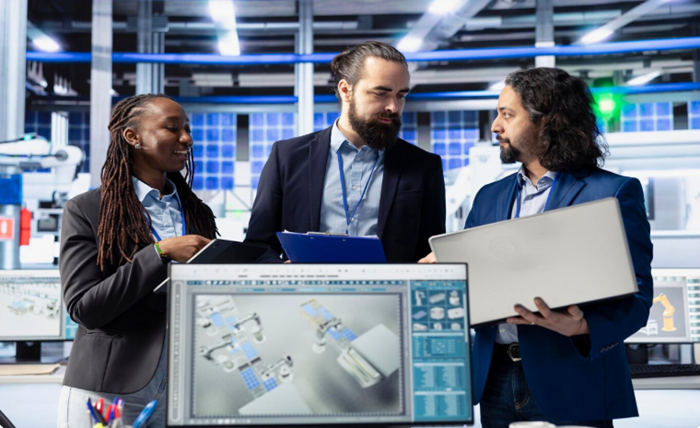The realm of facilities management is undergoing rapid transformation. With technological advancements and a growing need for sustainability and efficiency, professionals in the field must leverage innovative approaches to remain relevant and effective. In this article, we will explore the key components and trends that are shaping building facilities management solutions for the modern era and how they are driving operations into a future of streamlined processes and improved overall performance.
The Evolution of Facilities Management
In the past, facilities management was predominantly a reactive service, addressing issues as they arose. The focus primarily rested on maintaining physical spaces and their functionality. Today, this remit has expanded significantly. A proactive, strategic approach is now essential, with managers expected to contribute positively to the occupancy experience, sustainability objectives, and the bottom line of businesses.
Embracing Technology in Facilities Management
One of the most significant drivers of change in facilities management is technology. Integrated software platforms and automation have replaced manual, paper-based systems. These technological solutions enable better communication, improved tracking of maintenance requests, and insightful data gathering and analysis. Consequently, decision-making is more informed, leading to optimization of facility operations.
Integrating Smart Systems
Smart systems are at the centre of modern facilities management. Sensors, Internet of Things (IoT) devices, and intelligent software work together to monitor and control building systems such as lighting, HVAC, and security. These systems facilitate predictive maintenance, identifying potential issues before they escalate into costly downtime or repairs.
Data-Driven Decision-Making
Data has become an invaluable asset in facilities management. Modern solutions enable constant collection and analysis of data, allowing managers to make decisions based on accurate information. Energy consumption, space utilization, and operational efficiency are but a few of the diverse metrics that are analyzed, driving sustainable practices and cost savings.
Mobile and Remote Management
Remote management capabilities have granted facilities managers unprecedented flexibility. Mobile apps and cloud-based systems permit real-time monitoring and control from anywhere. This level of connectivity ensures that management staff can respond swiftly to any issue, irrespective of their location.
Streamlining Maintenance and Operations
Effective maintenance is a cornerstone of successful facilities management. Modern software solutions facilitate a systematic, streamlined approach to both preventative and responsive maintenance activities. By automating workflows and scheduling predictive maintenance, these solutions minimise downtime and extend the lifespan of critical assets.
The Rise of Sustainable Solutions
Sustainability has become a priority within contemporary facilities management practices. There is a growing emphasis on reducing energy use, minimising waste, and optimizing resources. Eco-friendly operational protocols are not only beneficial for the environment but also represent sound economic practice by reducing operational costs in the long term.
Training and Professional Development
The implementation of new technologies necessitates a skilled and knowledgeable workforce. As such, there is a heightened emphasis on training and professional development to equip facilities managers with the understanding and capabilities to leverage these innovative tools effectively.
The Role of Collaboration and Integration
Facilities management is not an isolated function. It requires a collaborative approach with other departments such as human resources, finance, and IT. Integration across an organisation ensures alignment of facilities management activities with broader business goals, leading to coherent and value-added outcomes.
Security and Compliance Concerns
In an age of heightened security awareness, facilities managers are responsible for ensuring that buildings comply with relevant laws and regulations. Enhanced security measures, from access control systems to cybersecurity protocols for building management systems, are becoming fundamental aspects of facilities management solutions.
Challenges and Opportunities
While the shift toward innovative building facilities management solutions offers numerous benefits, it also presents challenges. The pace of technological change can be overwhelming, and the up-front investment in new systems may be significant. However, the long-term payoffs in efficiency, sustainability, and cost savings are compelling incentives for organisations to adapt.
Conclusion
The landscape of facilities management is changing dynamically, with technological integration, a focus on sustainability, and the necessity for continuous improvement leading the way. By adopting innovative building facilities management solutions, organisations are equipped to tackle the complexities of the modern era, secure in the knowledge that they are operating at the cutting edge of operational efficiency and sustainability.
As the industry evolves, facilities managers will continue to face new challenges and discover fresh opportunities. The key to success lies in embracing change, investing in the right solutions, and nurturing a culture of continuous innovation and learning. This is how facilities management will not only adapt to but thrive in the modern era, delivering spaces that are efficient, sustainable, and responsive to the diverse needs of their occupants.


